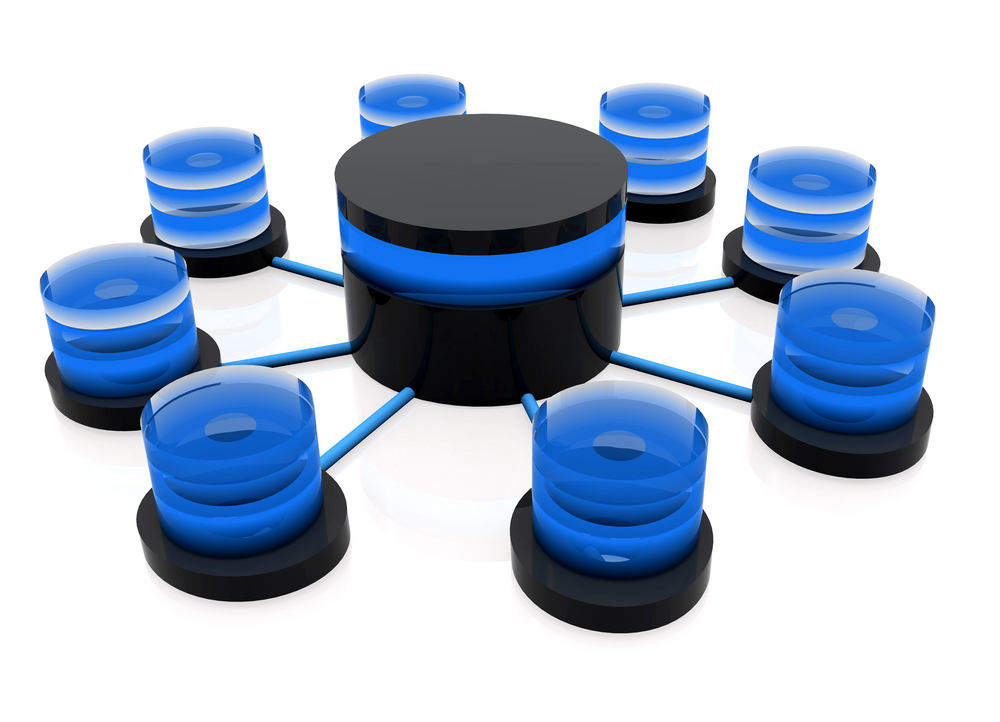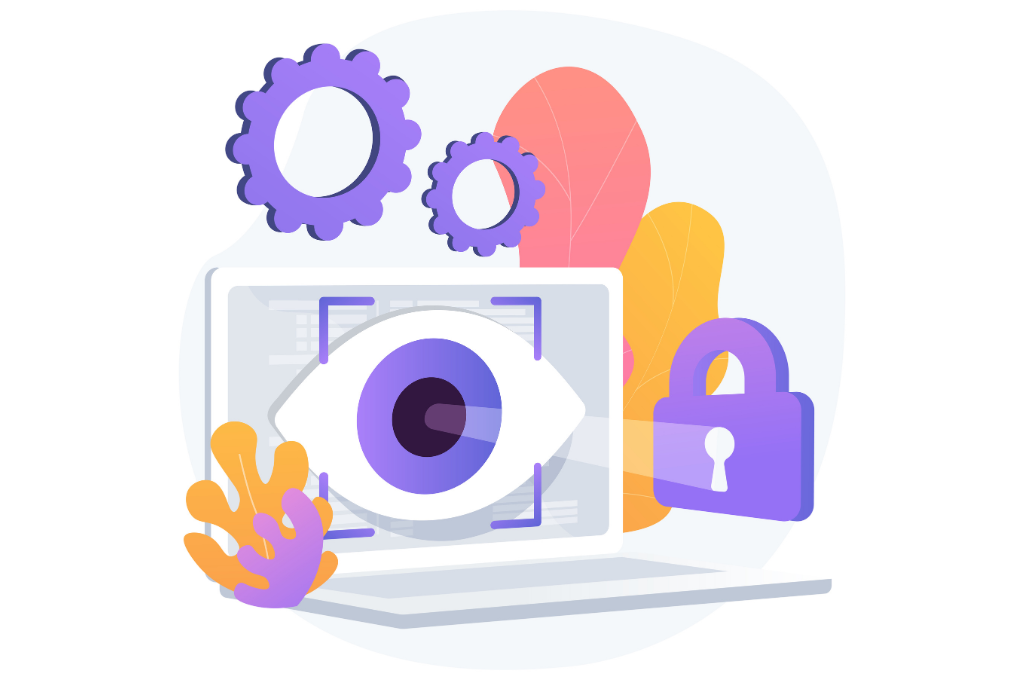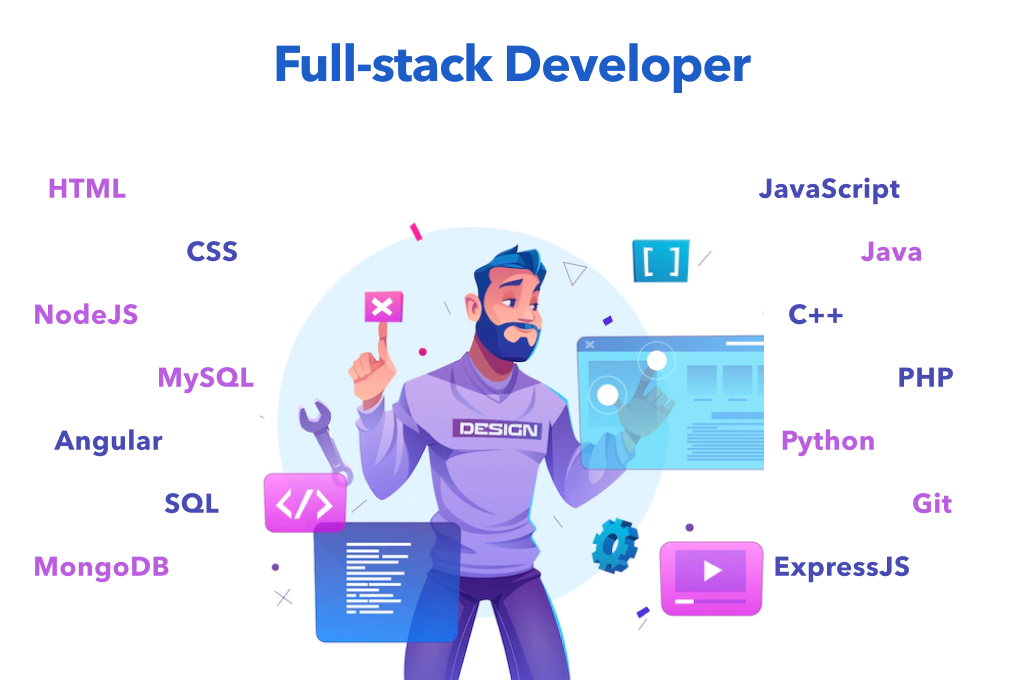NoSQL is a hot topic these days amongst web based businesses. And what is even hotter a topic of discussion is MongoDB. There are some who are unfamiliar with the technology and there are some who want to switch to a better technology. This blog post is aimed to clear the doubts of everybody interested in the topic. So let’s start from the very basic!
What is MongoDB?
Mongo is an open source schema-less database system that uses a document-oriented data model. It is one of several database types that arose in the mid-2000s under the NoSQL banner. Yes, this isn’t your traditional RDBMS. There are many differences between the two technologies. While your traditional relational databases use tables and rows, MongoDB, like mentioned in the first line of this paragraph, is built on the architecture of collections and documents. While documents comprise sets of key-value pairs and are the basic unit of data in MongoDB, collections contain in themselves sets of documents and function.
Another difference is that that the traditional MySQL is written using SQL queries, but MongoDB is focused on Binary JSON. The best thing about MongoDB is that it is a flexible and powerful tool that is capable of transforming your business for good.
The next obvious question is
Why use MongoDB?
MongoDB can be used to solve some particular business challenges. Some of them are mentioned below:
- MongoDB prefers high insert rate. So if you expect a high write load, MongoDB is your best bet.
- Documents (objects) in MongoDB map nicely to programming language data types.
- Adding new fields in MongoDB does not affect the old rows (documents in this case).
- Rapid replicaSet enables meeting the regulations to set up multi data centre solutions with ease.
- Embedding makes reads and writes a lot faster.
- MongoDB has a built in spacial functions which is an ideal case for businesses whose data is location based.


























